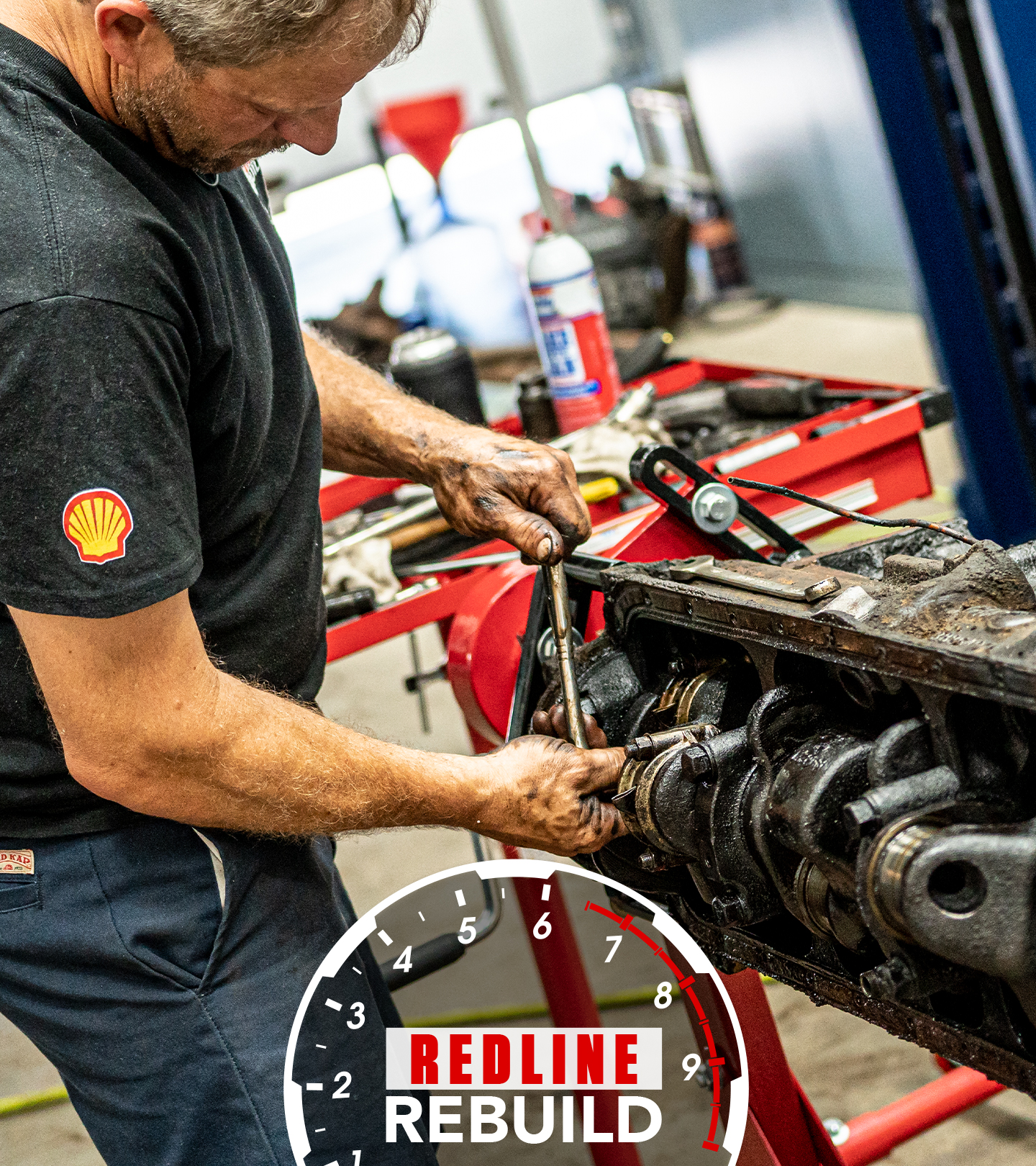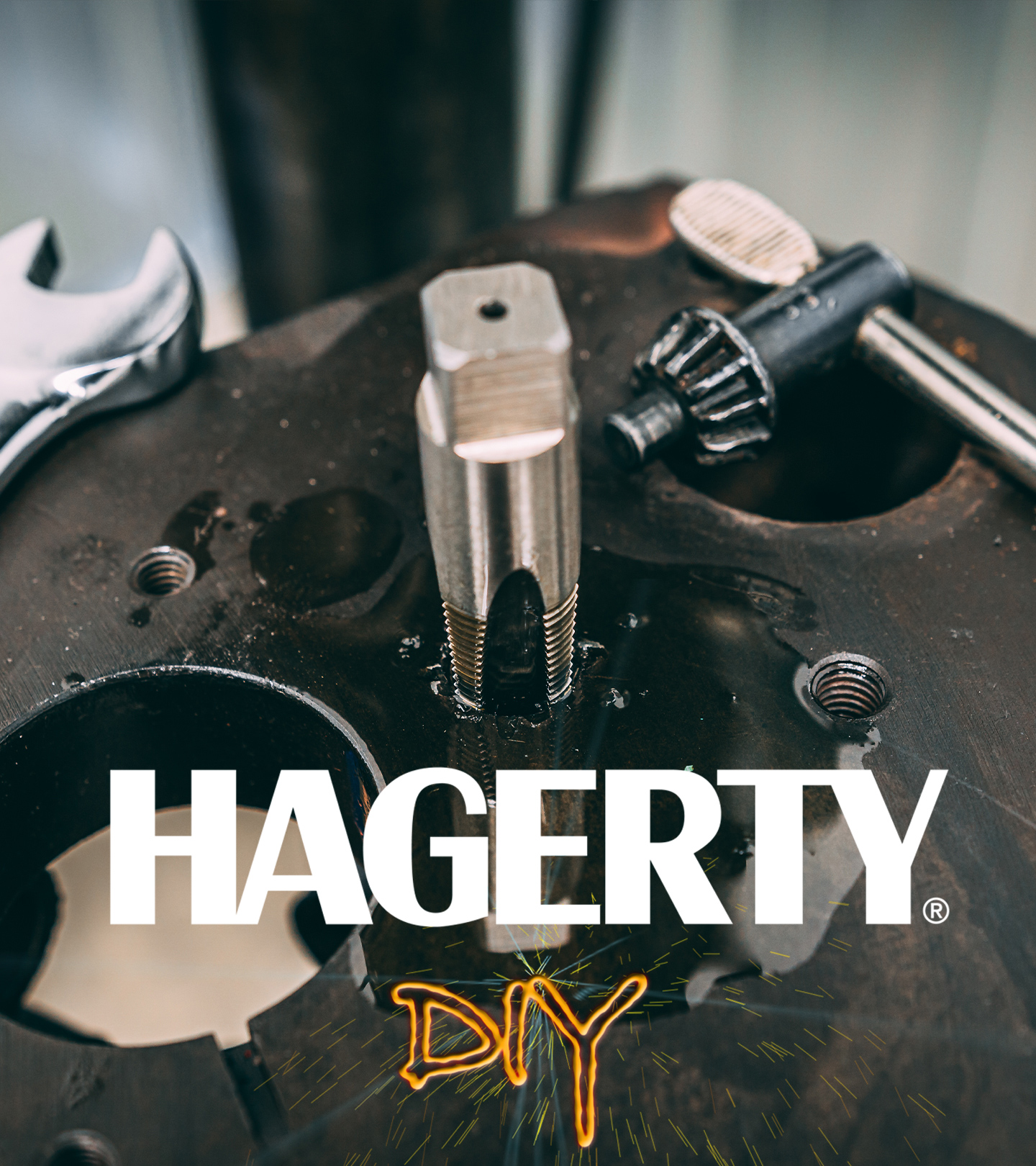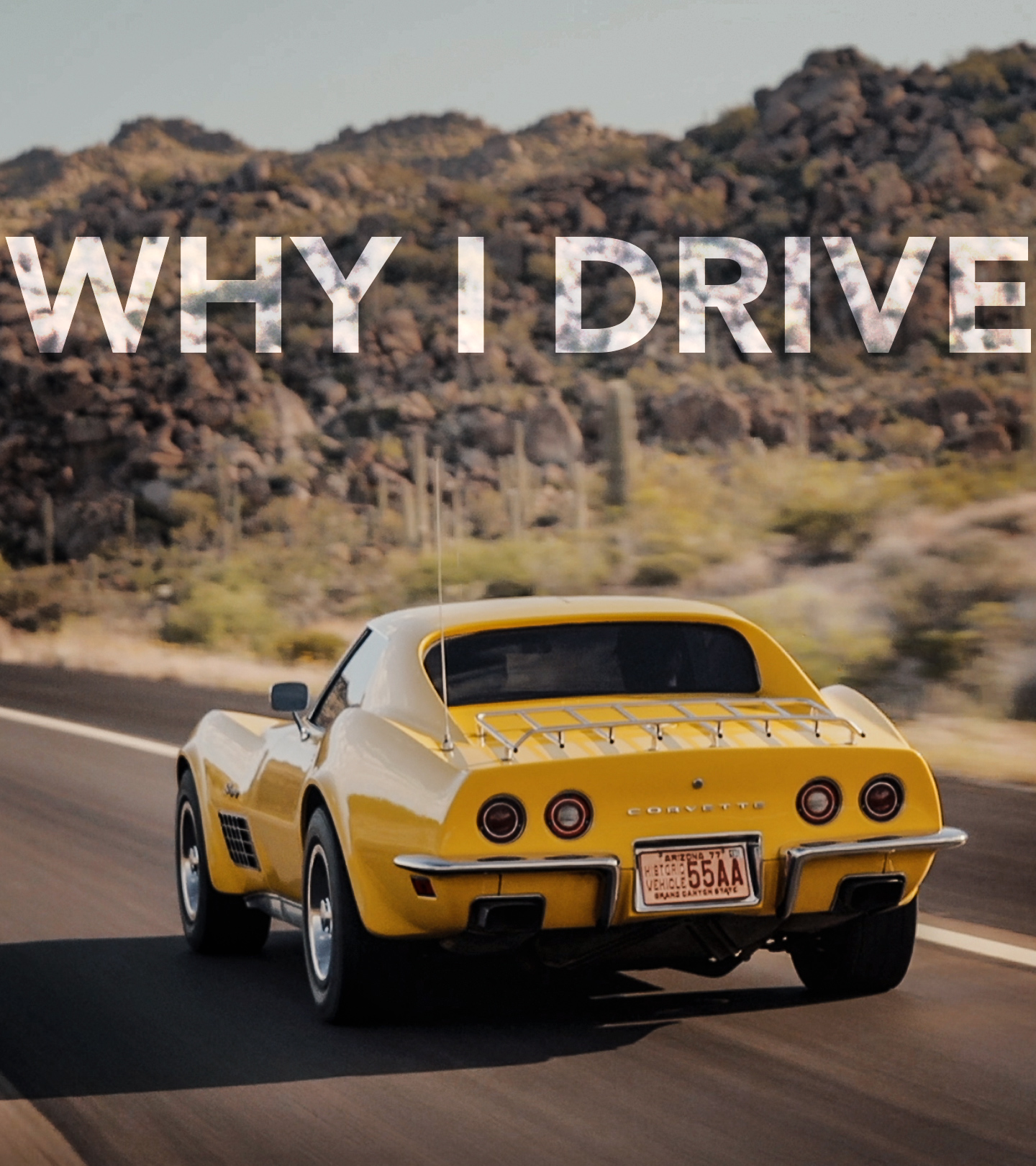Flat Out: 1971 Ferrari Daytona sings a 12-cylinder power ballad - Hagerty Media
When Ferrari introduced the production-model 365 GTB/4 for 1968—after the car swept the podium at the 24 Hours of Daytona in 1967 and earned the nickname “Daytona”—it was the world’s fastest production car. Maranello factory reps touted a top speed of 173 mph.
Joel Mogul, owner of a 1971 Daytona, will just have to take their word for it.
“I’ve had it up to 160 and it had plenty of engine left,” Mogul says. “Even on the track at Willow Springs I didn’t push it anywhere near its limit. It’s a lot more car than I am driver, and I don’t want to damage the machinery. It’s getting old and so am I.”
Mogul laughs, but his love for his red Italian sports car is serious. He admits it wasn’t exactly love at first sight, however, for a couple of reasons.
20180316142331)
“I’ve always liked Ferrari, but I never really lusted after them because I always thought, ‘That’s a rich man’s car, and I’ll never be a rich man. Maybe I can afford a Corvette someday,’” says Mogul, who does indeed own a Corvette (several, in fact).
And when Mogul first saw the Daytona, it wasn’t exactly in pristine condition. “I bought it in May 1984 from a Ferrari mechanic—an old team mechanic named Bruno. It was sitting on four jack stands. Bruno spoke with a heavy Italian accent; he sounded like a movie actor playing an Italian.
“He said, ‘Joel, thisa car is a gooda car. It’s a low milesa car,’” Mogul says, mustering his very best Italian accent. “So I asked him, ‘Bruno, why is the mileage so low?’ He related to me—I cannot vouch for it—that filmmaker Toby Halicki, who did the original Gone in 60 Seconds (1974), owned it and had it in a warehouse where he put all of his toys. It hadn’t been driven for years, and all the gasoline had evaporated, leaving all the gum and varnish behind. Bruno had to go through the entire fuel system—and remember, there are six carburetors and two gas tanks, so it took a lot of work. And because it had been sitting for so long, the shock absorbers had seized, so we had to replace those.”
20180316142131)
20180316142217)
20180316142446)
20180316142116)
The car hasn’t given Mogul a bit of trouble since. “It has just over 61,000 miles, and it has been a solid, reliable, trouble-free vehicle. Just a damn good car.”
Mogul runs down the specs with the precision of a man who has been asked a time or two over the years: “Sixty-degree V-12 engine, 4.4 liters, which is about 268 cubic inches. Six Weber carburetors, dual distributors. Front engine, rear transaxle. Five-speed, manual steering, power brakes, pop-up headlights. Borrani wire wheels and knockoff hubs. It came with a set of Cromodora magnesium wheels, which I still have. I has Michelin XWX tires—that’s what it came with, so I’ve always run those on it.”
He points out that while the Daytona earned fame (and its nickname) on the track, “It’s not a race car, it’s a Grand Touring car, a Berlinetta (coupe) meant for two people and their luggage to travel comfortably at high speed for hours on end.”
20180316142047)
Fewer than 1300 coupes were built from 1968–73. Convertibles are rarer still. Only 122 were constructed late in production at the urging of North American distributor Luigi Chinetti.
Mogul says the 365 GTB/4 has only a couple of minor drawbacks.
“It steers heavy at low speeds because you have this big 12-cylinder engine right over the front suspension, but at high speed the steering is incredibly stable and solid,” he says. “And the horn—two horns, actually—is pretty amusing. It makes a high-pitched squeaky sound that doesn’t exactly say, ‘Get the hell out of my way.’”
The engine does, however. “The sound is unmistakable,” Mogul says.
20180316142150)
20180316142350)
His opinion of the Daytona is equally obvious. “It’s fast and delightful. It inspires a great feeling of confidence. It’s nice, smooth, quiet, stable, and anything else you want to say that sounds good.”
We’ll take his word for it.










